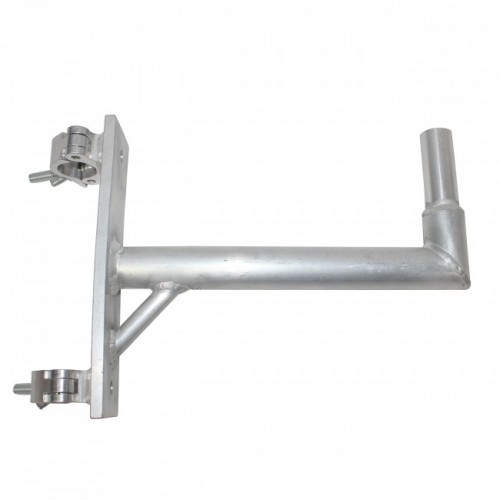
Truss hangers are crucial components in construction, providing essential support and stability to various structures. This article delves into the significance of truss hangers, their types, installation methods, and benefits in ensuring the structural integrity of buildings.
Importance of Truss Hangers in Construction
Truss hangers play a pivotal role in connecting trusses to other structural elements, such as beams, rafters, or walls. They ensure that the weight of the roof and ceiling is adequately distributed, preventing sagging and potential collapse.
Types of Truss Hangers
Truss hangers come in a variety of types, each designed for specific applications and load requirements. Common types include:
1. Face Mount Hangers
These hangers are installed on the faces of supporting members and are suitable for various truss-to-wall or truss-to-beam connections.
2. Top Mount Hangers
Top mount hangers are designed to be installed on the top of supporting members, providing a secure connection between trusses and beams or headers.
3. Adjustable Hangers
Adjustable hangers offer flexibility in installation, allowing for minor adjustments to accommodate variations in truss and supporting member dimensions.
Truss Hanger Installation Process
Installing truss hangers requires precision and adherence to building codes and manufacturer instructions. The process typically involves the following steps:
Step 1: Preparation
Ensure the supporting members and trusses are properly aligned and free from any debris or obstructions.
Step 2: Positioning
Place the truss hangers at designated locations, ensuring proper orientation and alignment with the trusses and supporting members.
Step 3: Attachment
Secure the truss hangers to the supporting members using appropriate fasteners, such as nails, screws, or bolts, as specified by the manufacturer.
Step 4: Verification
Double-check the alignment and attachment of truss hangers to ensure they meet structural requirements and building codes.
Benefits of Truss Hangers
Truss hanger offers several advantages in construction projects:
Enhanced Structural Support
By securely connecting trusses to supporting members, truss hangers help distribute loads evenly, minimizing the risk of structural failure.
Improved Stability
The use of truss hangers enhances the stability of roofs and ceilings, reducing the likelihood of sagging or shifting over time.
Simplified Installation
Truss hangers streamline the installation process, saving time and labor costs while ensuring precision and accuracy in connection details.
Versatility
With various types and configurations available, truss hangers can accommodate a wide range of structural designs and load requirements.
Conclusion
Truss hangers are indispensable components in construction, providing vital support and stability to roofs and ceilings. Understanding their types, installation processes, and benefits is essential for ensuring the structural integrity of buildings.




